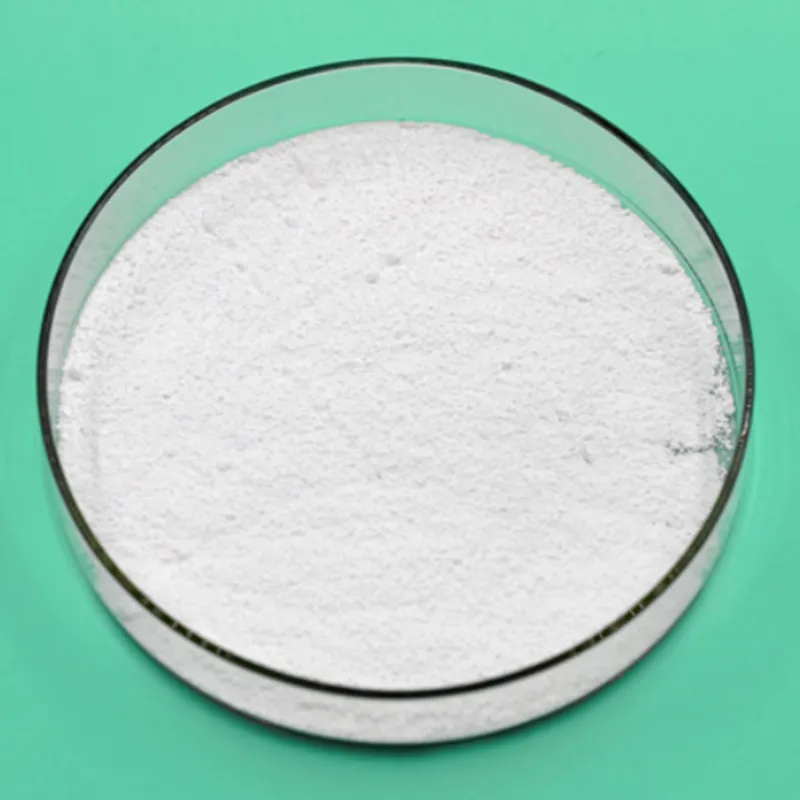
Exploring the Role of Phosphoric Acid in the Food Industry and Its Impact on Consumer Health
The Role of Phosphoric Acid in the Food Industry
Phosphoric acid, a colorless, odorless inorganic acid, is widely used in the food industry for various applications. As a key ingredient in many food products, its primary functions include acting as an acidifier, a flavor enhancer, and a preservative. Understanding its role in the food industry is essential for both producers and consumers, given the growing interest in food additives and their impacts on health.
The Role of Phosphoric Acid in the Food Industry
Beyond soft drinks, phosphoric acid is also utilized in a variety of processed foods. It can be found in items such as salad dressings, marinades, and sauces, where it helps adjust pH levels and improve flavor. For instance, the acid can enhance the taste of vinaigrettes by providing a sharpness that complements the oil component. In addition, the stabilizing effects of phosphoric acid can help maintain the consistency and quality of these condiments over time.
phosphoric acid in food industry

Furthermore, phosphoric acid plays a role as a preservative. Its ability to lower the pH of food products makes them less hospitable for microbial growth. This is particularly beneficial in extending the shelf life of products in a safe manner. In processed cheese and certain dairy products, for instance, phosphoric acid can not only improve texture but also act as an antimicrobial agent, thereby reducing the risk of spoilage.
However, the use of phosphoric acid in the food industry has raised some health concerns. Excessive consumption of phosphoric acid, particularly from cola beverages, has been linked to potential health issues, including bone density reduction. Some studies suggest that high phosphoric acid intake might interfere with calcium absorption, leading to an imbalance that could compromise bone health over time. As such, consumers are becoming increasingly aware of additive consumption and are seeking more transparent labeling in food products.
In response to these health concerns, there has been a shift within the industry towards employing phosphoric acid in moderation. Food manufacturers are now more frequently highlighted ingredient usage on packaging, allowing consumers to make informed choices about their diets. This trend reflects a broader movement towards healthier eating habits and transparency in food production, emphasizing the importance of consumer awareness.
In conclusion, phosphoric acid plays a multifaceted role in the food industry, primarily as an acidifier, flavor enhancer, and preservative. While its benefits in food processing are significant, the potential health implications associated with its consumption underline the need for moderation. As consumers become more health-conscious, the food industry must adapt by providing clear information about food additives, allowing people to make informed dietary decisions. Balancing the functional advantages of phosphoric acid with safety and health considerations will be key for the industry moving forward.
-
Nitrile Rubber Honoring Strict Production StandardsNewsAug.22,2025
-
Aspartame Ingredients Honoring Food Safety ValuesNewsAug.22,2025
-
Fertilizer for Balanced Plant NutritionNewsAug.22,2025
-
Cyanide Gold Processing with High Purity AdditivesNewsAug.22,2025
-
Formic Acid in Textile Dyeing ApplicationsNewsAug.22,2025
-
Aluminum Hydroxide Gel in Skincare ProductsNewsAug.22,2025
-
Regulatory Compliance for Global Mining Chemicals UseNewsAug.12,2025
Hebei Tenger Chemical Technology Co., Ltd. focuses on the chemical industry and is committed to the export service of chemical raw materials.
-

view more DiethanolisopropanolamineIn the ever-growing field of chemical solutions, diethanolisopropanolamine (DEIPA) stands out as a versatile and important compound. Due to its unique chemical structure and properties, DEIPA is of interest to various industries including construction, personal care, and agriculture. -

view more TriisopropanolamineTriisopropanolamine (TIPA) alkanol amine substance, is a kind of alcohol amine compound with amino and alcohol hydroxyl, and because of its molecules contains both amino and hydroxyl. -

view more Tetramethyl Thiuram DisulfideTetramethyl thiuram disulfide, also known as TMTD, is a white to light-yellow powder with a distinct sulfur-like odor. It is soluble in organic solvents such as benzene, acetone, and ethyl acetate, making it highly versatile for use in different formulations. TMTD is known for its excellent vulcanization acceleration properties, which makes it a key ingredient in the production of rubber products. Additionally, it acts as an effective fungicide and bactericide, making it valuable in agricultural applications. Its high purity and stability ensure consistent performance, making it a preferred choice for manufacturers across various industries.





